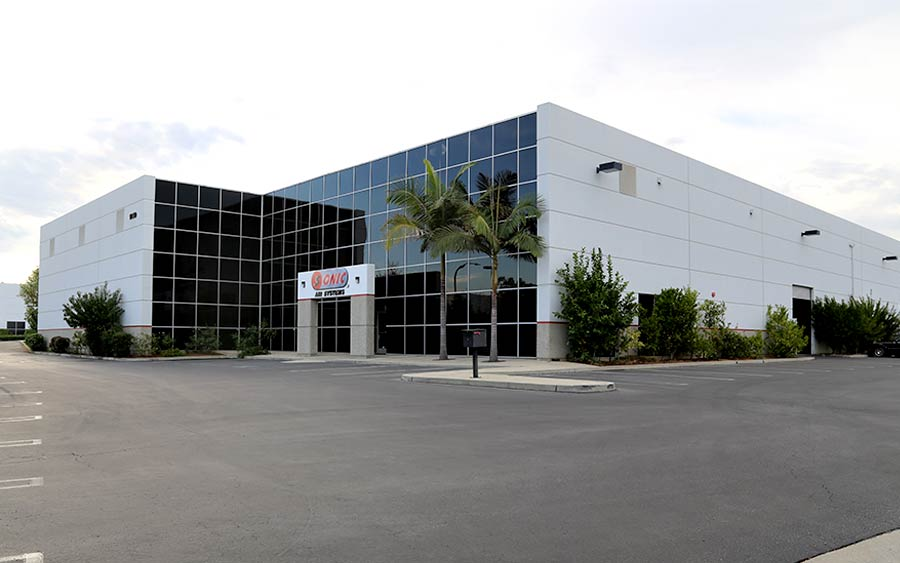CASE STUDIES

Enhanced Pellet Production from Peanut Hulls and Shells


Overview
A US-based pellet company specializes in converting peanut hulls and shells into biofuel pellets for various energy conversion processes. With a focus on direct combustion, gasification, and pyrolysis, the company required an effective solution to reduce the moisture content of the mulched peanut hulls and shells during manufacturing. Sonic Air Systems stepped in to address their challenge and boost the production rate of pellets.
Solution
Sonic supplied the pellet company with an Industrial Hot Air Blower System designed to simultaneously deliver hot air into two conditioners/mixers. Using Sonic's patented technology, the system produced an outlet air temperature of 225°F (107.2°C) without any secondary heating source. The hot air was piped into a vent pipe at one end of the rotary conditioner/mixer, effectively reducing the moisture content of the mulched material. The Sonic system offered exceptional drying efficiency, meeting the customer's production and quality objectives.
Result
Sonic Air System's Hot Air Blower System proved highly effective in enhancing the production of pellets from peanut hulls and shells. The customer achieved their desired moisture reduction levels, improving pellet quality and increasing production rate. Moreover, the Sonic system provided additional benefits of energy cost savings compared to alternative technologies. The successful recycling effort reduced waste and contributed to the company's sustainable practices. The customer's satisfaction with the results led them to refer a local lumber mill to Sonic, which subsequently purchased a Sonic Hot Air Blower System for their own pellet production from sawmill waste.

